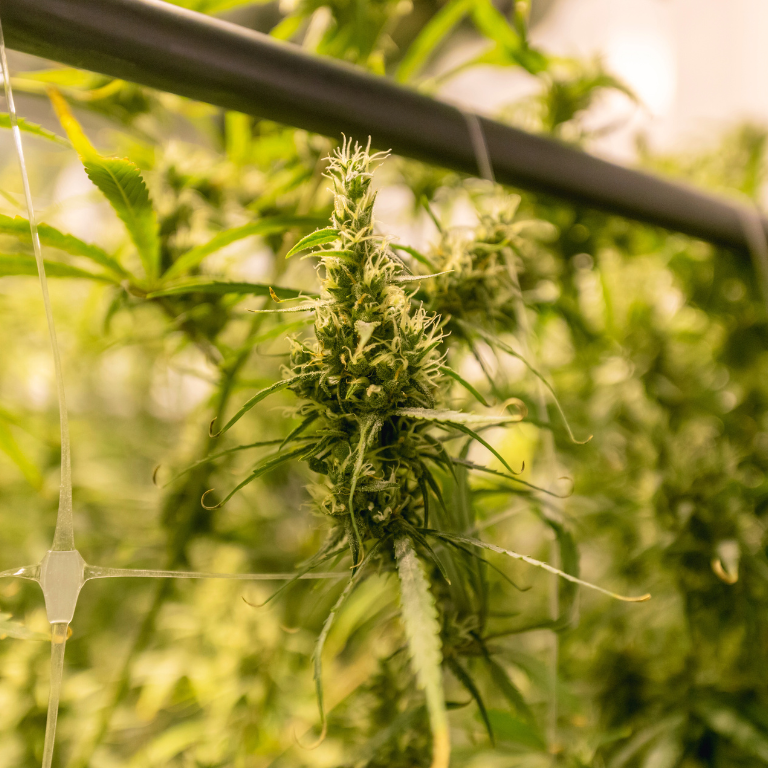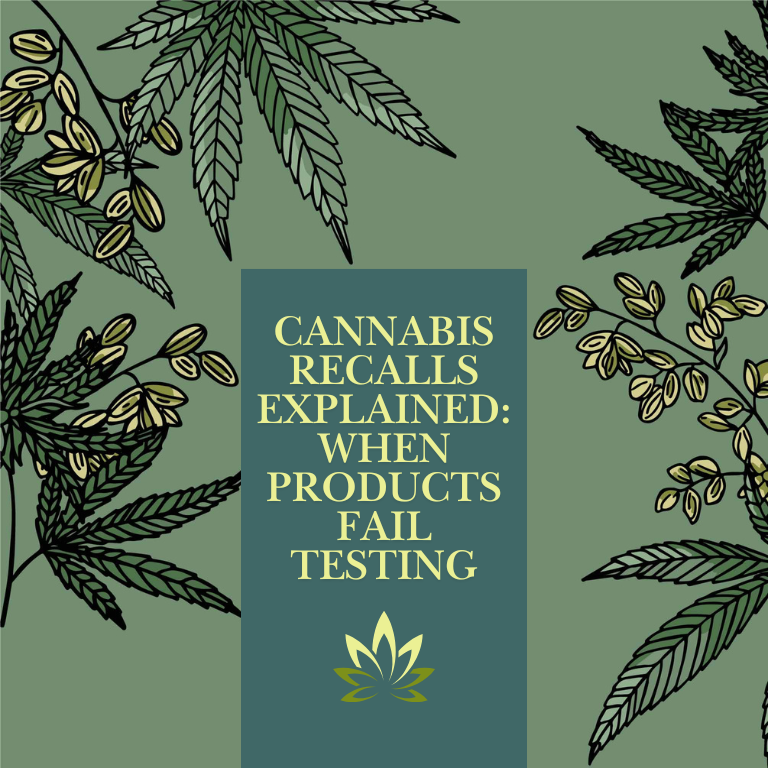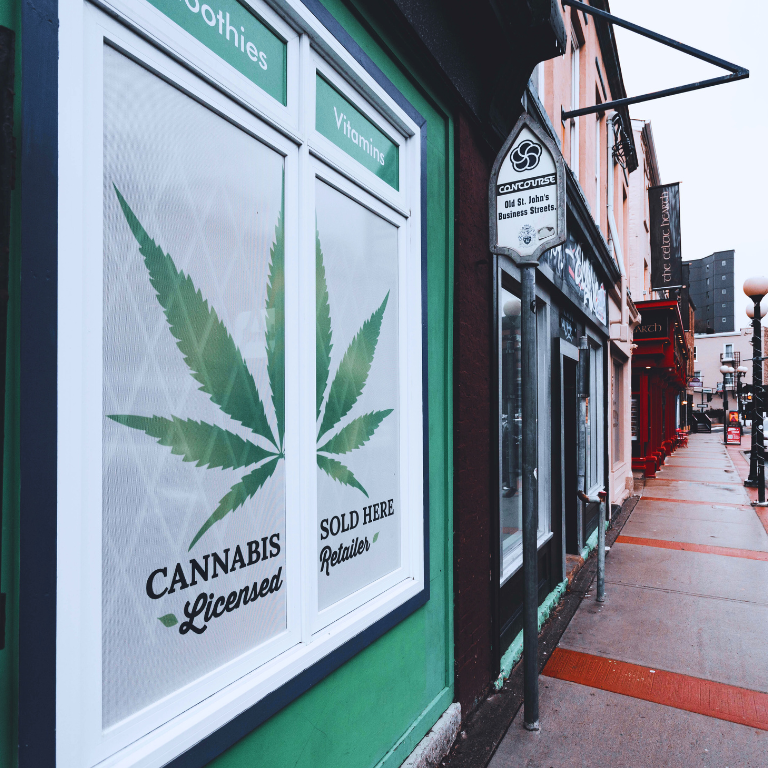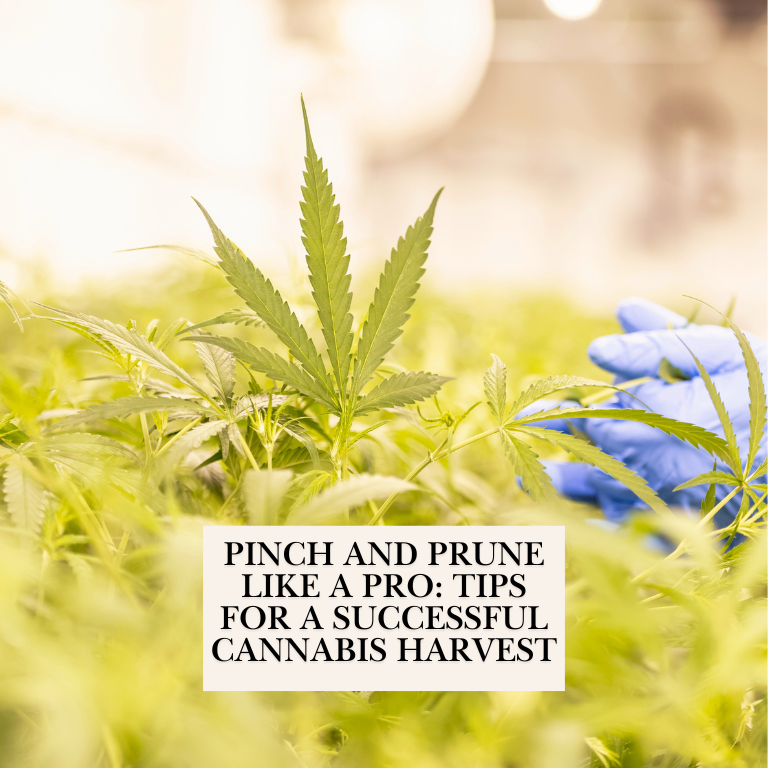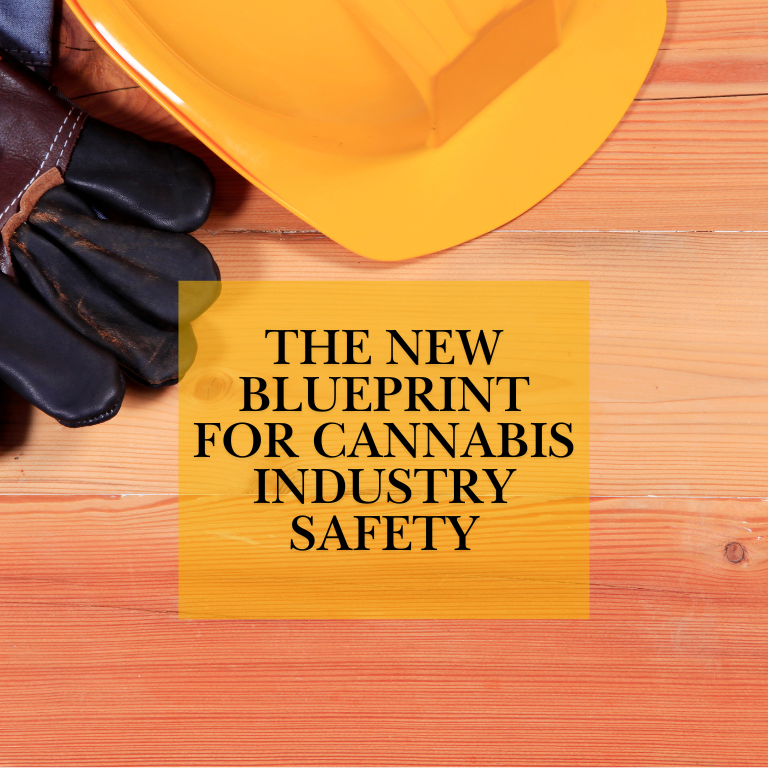Protecting Workers: The Risks of Confined Spaces in Cannabis Facilities and How to Mitigate Them
Cannabis cultivation and processing facilities are increasingly becoming hubs of activity as the legal cannabis market continues to expand. With the growth of the industry, workplace safety has become a key concern. One significant hazard that many cannabis businesses face is confined spaces. These areas, typically small, poorly ventilated, and difficult to enter or exit, pose serious risks to workers’ health and safety. It is crucial for cannabis employers to recognize these risks and implement safety measures to protect their workers, ensuring compliance with safety regulations and preventing accidents.
What Constitutes a Confined Space in Cannabis Facilities?
In the context of cannabis operations, a confined space is any area that is large enough for a worker to enter and perform work but has limited or restricted means of entry or exit. These spaces may not be designed for continuous occupancy and can include places such as grow rooms, storage areas, ventilation shafts, processing rooms, or any enclosed area used for specific tasks in cultivation or manufacturing.
A confined space is often distinguished by three primary characteristics:
Limited Access: It is difficult to enter or exit the space, which may cause delays in responding to emergencies.
Poor Ventilation: The airflow is often inadequate, which can lead to the accumulation of hazardous gases, fumes, or insufficient oxygen levels.
Restricted Use: These spaces are not designed for routine human occupation, meaning workers only enter for specific tasks and for limited periods.
In cannabis facilities, confined spaces are commonly found in areas where heavy equipment, ventilation systems, or storage systems are located. It is crucial for employers to identify and assess all potential confined spaces in their operations to mitigate risks.
Understanding the Hazards Associated with Confined Spaces in Cannabis Facilities
The risks associated with confined spaces are amplified in cannabis facilities, where unique hazards can arise due to the specific tasks involved. These hazards include poor air quality, exposure to harmful chemicals, fire risks, and the risk of entrapment or suffocation. Below are some common dangers of confined spaces in cannabis operations:
Oxygen Deficiency or Toxic Atmospheres
Cannabis facilities rely on a variety of equipment such as carbon dioxide (CO2) enrichment systems, ventilation fans, and air filtration systems. These systems can sometimes create an oxygen-deficient atmosphere in confined spaces, particularly when ventilation is poor. Oxygen deficiency can lead to dizziness, confusion, and, in extreme cases, unconsciousness or death.
Exposure to Hazardous Chemicals
Cannabis cultivation involves the use of various pesticides, fertilizers, and solvents for extraction processes. These chemicals can pose a danger if they accumulate in confined spaces. If a worker is exposed to these substances without proper protective equipment, they risk chemical burns, respiratory issues, or poisoning.
Flammable Gases and Fire Risks
In cannabis processing facilities, especially those using butane or other flammable solvents for extraction, confined spaces may present additional risks of explosion or fire. Poor ventilation can lead to the buildup of flammable vapors, increasing the likelihood of a combustion hazard in the event of a spark or flame.
Risk of Entrapment or Physical Injury
Workers in confined spaces are more prone to physical injury. The lack of space to move freely can lead to muscle strain, fatigue, or accidental injury. Additionally, the confined nature of these areas increases the risk of entrapment, making it harder for emergency responders to reach a worker if something goes wrong.
Lack of Emergency Access
In many confined spaces, the restricted entry and exit points can make it difficult for workers to escape quickly in the event of an emergency. In some cases, the lack of clear exit routes can prevent rescue operations, putting workers’ lives at risk.
How Cannabis Employers Can Mitigate Confined Space Risks
To ensure the safety of workers in cannabis facilities, employers must take proactive steps to mitigate the risks associated with confined spaces. This involves not only identifying these spaces but also implementing comprehensive safety protocols and training programs to address the specific hazards. Below are critical strategies that employers can use to protect their workforce:
Comprehensive Risk Assessment and Hazard Identification
The first step in mitigating the risks of confined spaces is conducting a thorough assessment of the cannabis facility to identify areas that qualify as confined spaces. This includes reviewing areas like grow rooms, storage units, mechanical rooms, and areas involved in extraction or processing. Once these spaces are identified, the next step is to assess the potential hazards, such as air quality, chemical exposure, and the risk of fire or explosion.
Proper Ventilation Systems and Monitoring
Ensuring that confined spaces have adequate ventilation is one of the most effective ways to reduce the risk of oxygen deficiency and toxic atmosphere buildup. Employers should invest in high-quality ventilation systems that circulate fresh air into these spaces and remove any hazardous fumes. Additionally, regular monitoring of air quality is essential, including checking oxygen levels and testing for harmful gases such as carbon monoxide, hydrogen sulfide, and methane.
Worker Training and Awareness
Proper training is critical for workers who may need to enter confined spaces. All employees should be trained on the specific hazards they may encounter, the necessary personal protective equipment (PPE), and emergency procedures. Additionally, workers should be educated on how to recognize signs of unsafe conditions, such as air quality issues, and know when to alert supervisors or evacuate the space.
Use of Personal Protective Equipment (PPE)
Depending on the type of work being performed, workers may need to wear PPE such as respirators, gloves, protective clothing, and eye protection. PPE is essential in mitigating the risks of chemical exposure, fire hazards, and respiratory issues. Employers must ensure that workers are equipped with the proper PPE for the tasks at hand and are trained on how to use it effectively.
Permit-Required Confined Space Entry Procedures
For high-risk confined spaces, employers should implement a permit-required entry process. This process ensures that workers are only allowed to enter confined spaces under controlled conditions, and the necessary safety measures are in place before entry. The process typically includes a pre-entry inspection, monitoring for hazardous atmospheres, and having a rescue plan in place.
Emergency Response Plans and Rescue Teams
Employers must have a clear and actionable emergency response plan for confined space incidents. This plan should include guidelines for quickly evacuating workers, contacting emergency responders, and having trained rescue personnel available at all times. In cases where rescue operations are needed, the confined nature of the space requires trained teams equipped to enter the area and safely extract the worker.
Prioritizing Safety for Cannabis Workers in Confined Spaces
As the cannabis industry continues to grow, the safety of workers must remain a top priority. Confined spaces in cannabis facilities present unique and potentially deadly hazards, but with careful planning, proper training, and effective safety measures, employers can minimize these risks and protect their workers. By following industry best practices and complying with safety regulations, cannabis employers can create a safer working environment and ensure the health and well-being of their employees.
By focusing on safety in confined spaces, cannabis employers demonstrate a commitment to a responsible, ethical, and compliant operation that not only meets regulatory requirements but also values the safety and livelihood of their workforce.

